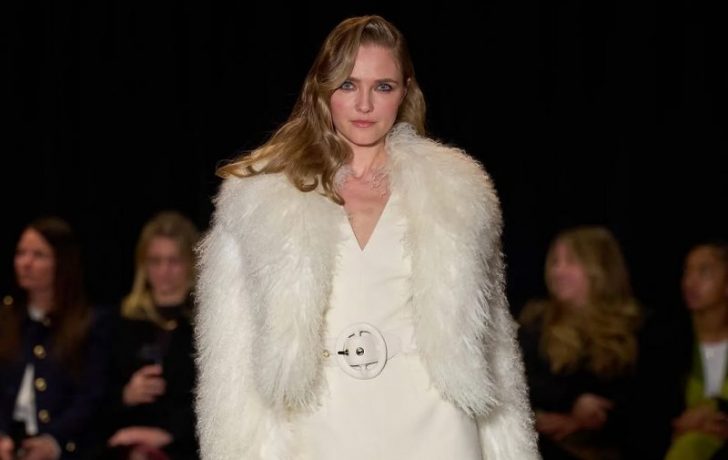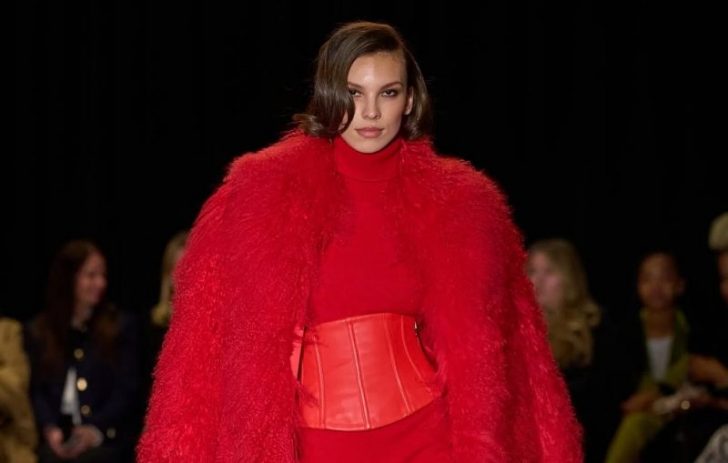In 2020, PETA ended its iconic “I’d Rather Go Naked Than Wear Fur” campaign. For decades, celebrities stripped down to protest against fur, but by then, the battle seemed won. California had banned new fur sales, and luxury fashion houses like Gucci and Prada vowed never to use it again. The industry followed, and fur seemed like a relic of the past.
But here we are, five years later, and real fur is back in a big way.
Furriers across the country are experiencing a boom in sales but not from new production. Instead, vintage and secondhand fur have become hot commodities. High-end consignment stores and online resale platforms report skyrocketing interest, with Google searches for “vintage fur coats” increasing by nearly 700% since early 2023.
The Unexpected Revival of Fur
Real fur never truly disappeared. It was just waiting for its moment. Over the past year, vintage and secondhand furs have surged in popularity, particularly among Gen Z and fashion-forward consumers. The shift is not about new fur coats but a growing appreciation for high-quality, sustainable fashion pieces that stand out.
Furriers who struggled during the anti-fur wave are now seeing renewed interest in their stock, with some reporting sales increases of over 50% in just months.

Fur Insider / IG/ In 2020, PETA ended the notorious campaign “I’d rather go naked than wear fur.” 5 years later now, the fur fashion has boomed!
This comeback is evident on red carpets and high-profile events. At the 2024 Grammys, rapper Ice Spice stepped out in a Baby Phat denim set accented with fur repurposed from a vintage vest. At the Super Bowl, Kansas City Chiefs’ wide receiver DeAndre Hopkins turned heads in a mink coat that once belonged to his late father.
Vintage Fur is the New Luxury
The fur industry today looks very different from a decade ago. Traditional fur production has declined sharply, with mink pelt production dropping 28% between 2022 and 2023. Despite this, demand for vintage and secondhand fur is thriving. Consumers are chasing unique, high-quality pieces that offer luxury without the guilt of supporting new fur production.
For many, buying secondhand feels like a way to embrace the glamour of fur while sidestepping its ethical concerns.
Online, the trend is exploding. TikTok videos featuring vintage furs have seen a 243% surge in views, fueling the growing interest. Social media influencers and style-conscious shoppers are flaunting their thrifted fur finds, positioning them as must-have items.
The Furriers Who Stuck Around Are Thriving
Furriers who weathered the anti-fur storm are now reaping the benefits of this revival. Businesses that once relied on storage, cleaning, and repairs to stay afloat are seeing record-breaking sales. Douglas Fine of Flier Furs, a furrier founded in 1924, said that his partnership with online sellers has doubled his revenue in just a few months.

Fur InsidEer / IG / These old-school furriers, once at risk of closing, are now vital sources for the growing secondhand market.
Paul Matsumoto of Edwards-Lowell, a furrier established in the 1960s, was one of the first to see the shift. After struggling through years of declining sales, he partnered with online sellers who promoted his vintage stock on social media. Within days, his furs were selling faster than he could restock.
One of the biggest surprises in fur’s revival is Gen Z’s enthusiasm for it. This generation, known for prioritizing sustainability and rejecting fast fashion, sees vintage fur as a better alternative to mass-produced synthetic materials. Instead of viewing fur as unethical, many see secondhand pieces as a responsible way to embrace luxury and quality without contributing to new animal cruelty.





